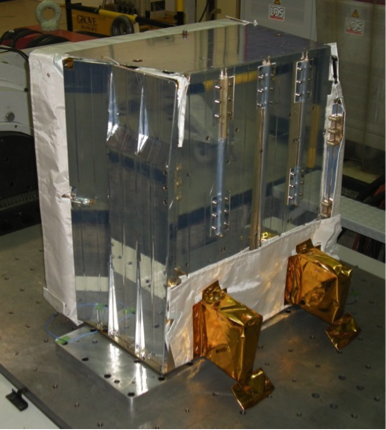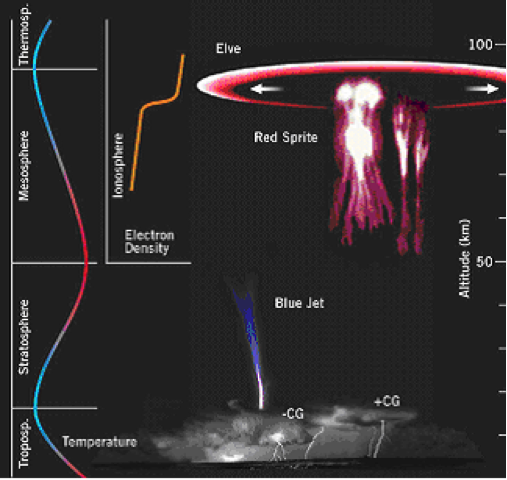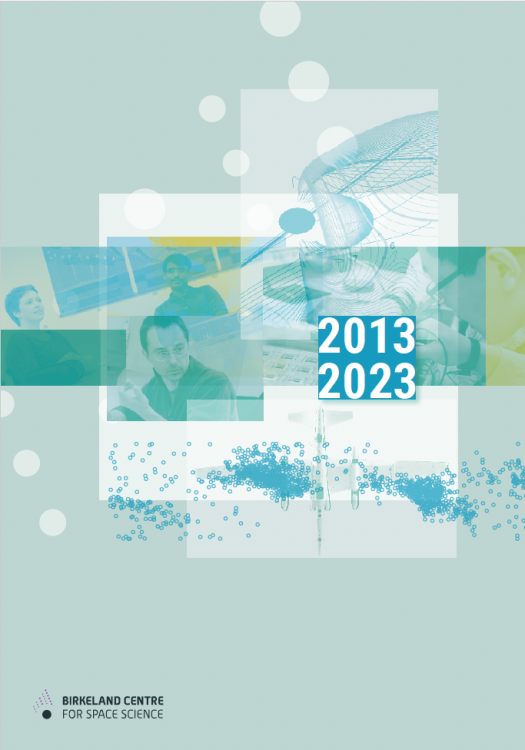Atmosphere-Space Interactions Monitor (ASIM)

The Atmosphere Space Interactions Monitor (ASIM) payload is an instrument suite that is to be mounted on an external platform of the Columbus laboratory on the International Space Station (ISS). From its new home in space approximately 400 km above the Earth, ASIM will study thunderstorms and their coupling to the upper atmosphere, ionosphere and radiation belts. ASIM will also investigate how energetic space particle precipitation affects the mesosphere and thermosphere.
Part of the ASIM package is an X-ray- and gamma-ray instrument named MXGS (Modular X-ray and Gamma Sensor). The Space Instrumentation Group at the Birkeland Centre for Space Science, UiB, has carried out a large part of the development and production of MXGS.

The role of MXGS is to detect terrestrial gamma-ray flashes that often originate during thunderstorms. Note that these emissions cannot be observed from the ground because of atmospheric absorption. Also, ASIM contains an optical instrument named MMIA to study the lightning in thunderstorms, as well as newly-discovered (1980s) phenomena known as Transient Luminous Events, which include Red Sprites, Blue Jets and Elves.
The objective of ASIM is to:
- understand the processes involved in thunderstorm-initiated electrical discharges
- understand their impact on atmospheric processes and possible links to climate determining factors
- study auroral dynamics, airglow, and greenhouse gas concentrations in the upper atmosphere
Planned observations for ASIM will include:
- electrical discharges in the stratosphere and mesosphere above thunderstorms
- relativistic electron beams accelerated above thunderstorms, injected into the magnetosphere
- gravity waves in the thermosphere powered by convection in severe thunderstorms,
- ionization and heating of the mesosphere and lower ionosphere by electromagnetic waves from lightning discharges including so-called Transient Luminous Events (TLEs), and Terrestrial Gamma Ray Flashes (TGFs)
- precipitation of radiation belt electrons by electromagnetic waves from lightning discharges.
ASIM is realized through the European Space Agency (ESA), and is led by Denmark (PI: Torsten Neubert, DTU).
In addition to contribution from Norway/BCSS, space communities from Spain, Poland and Italy play an important part in the ASIM project.

The launch of ASIM will take place on April 2nd this year, on a SpaceX Dragon Falcon 9.
For more information about ASIM, go to the ASIM homepage.




